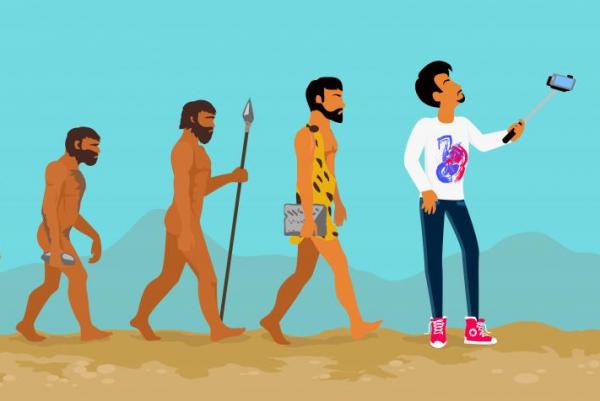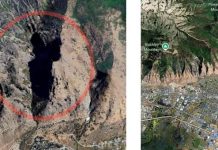
PALO ALTO, Calif., Feb. 2 (UPI) — The superiority of human culture may have been enough to drive out Neanderthals.
To better understand how competition among Neanderthals and early humans might have played out in Europe 45,000 years ago, a trio of researchers from the United States and Japan adapted a model originally designed to analyze interspecies competition among animals.
The scientists — two from Stanford University and one from Japan’s Meiji University — designed the model to account for cultural differences and technical abilities. Simulations suggest mankind’s advanced culture alone could account for Neanderthals’ demise.
Because cultural advancements are correlated with technological progress, early humans may have been able to quickly outcompete Neanderthals for natural resources.
The new data doesn’t discount scientists who believe climate change and human-borne diseases were the cause of Neanderthal’s decline, but it does lend credence to the scientists who say humans’ access to better tools and superior social organization overwhelmed our hominid relatives.
“If the culture is there, what our paper shows is that a smaller number of anatomically modern humans could overwhelm a much larger Neanderthal population that did not have culture,” lead researcher Marcus Feldman, a biology professor at Stanford, told Newsweek. “The more culture, the smaller the group needs to be.”
It’s not that humans were smarter, researchers say. At the time, the two species brainpower was quite similar. It’s just that humans came to Europe with better tools and a social structure able to more efficiently distribute information. Technological innovation could travel more quickly from person to person.
Researchers think the superior cultural structure of early humans created a positive feedback loop, further accelerating technological advancement.
As they detailed in the journal PNAS, researchers found “competitive exclusion is more likely to occur when population growth occurs on a shorter timescale than cultural change.”
The next step, Feldman says, is to better understand the speed at which modern humans migrated across Europe.





